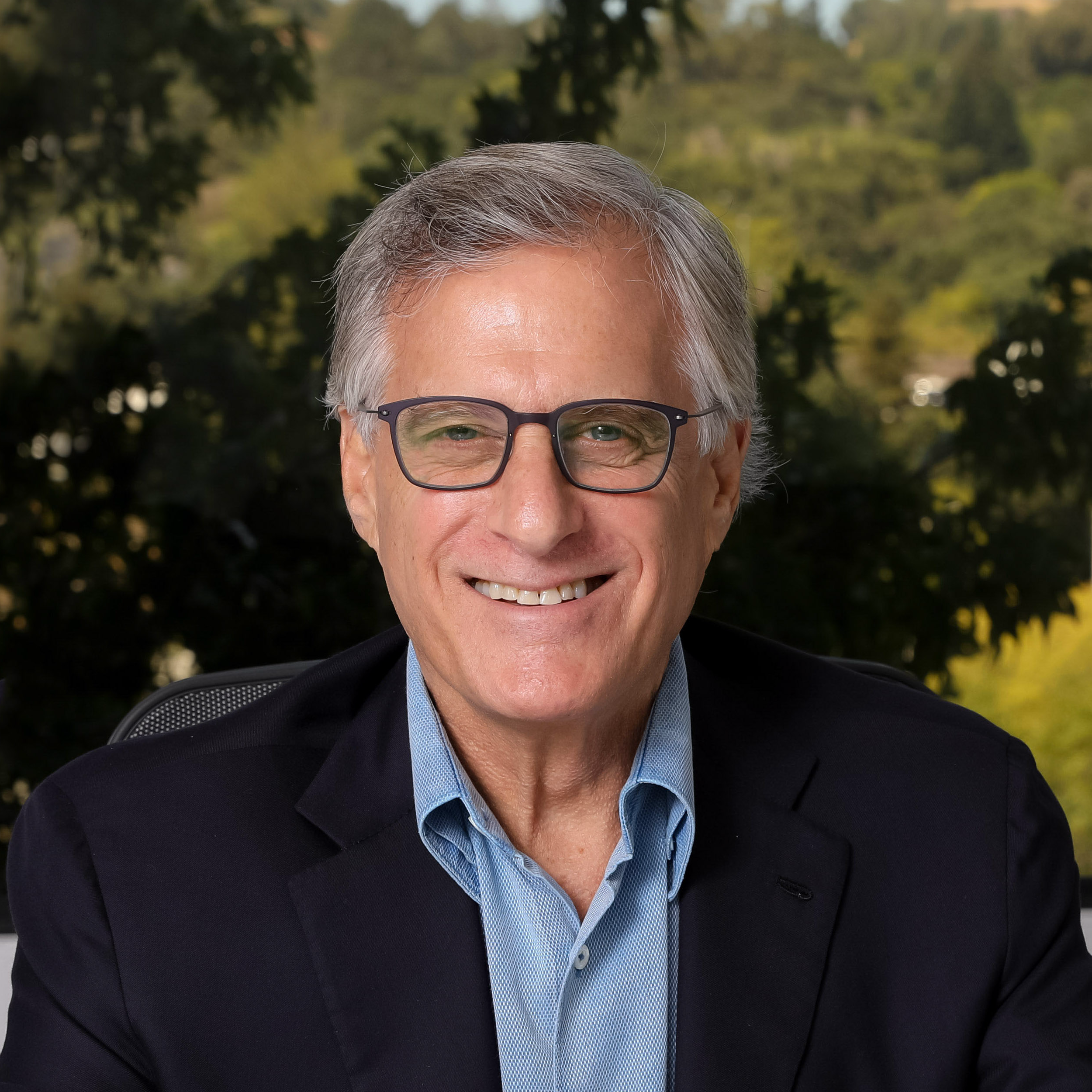Edge Executive Insight – Benjamin Thomas CEO, EDJX
Hi Benjamin! Tell us about your personal career path and what experiences you will look to leverage in the leadership of EDJX.
I’ve been at EDJX’s helm since April, coming to the company with diverse technology and business experience. Before EDJX, I served as a general partner at DC-private equity firm and founder of VitalPet, a platform consolidating veterinary hospitals.
I have a track record of identifying opportunities early in various industries, jumping in as senior leadership, and creating meaningful results. I have done this in veterinary medicine, the travel industry as well as made a number of other active investments in technology and financial services.
In prior ventures, I built a lot of complex software, managed offshore dev teams…my career started as an engineer at NASA/Lockheed Martin and later as a business analyst at Accenture, so I am very comfortable in the tech domain. Taking a business from concept to reality is invigorating for me as a serial entrepreneur. I also hold a BS in Mechanical Engineering from Tulane University, and an MS in Management from Stanford University.
You have come into the role as CEO of EDJX at an interesting time. What appealed to you about the company and the role, and how do you see the advantages that the company has right now?
When I learned about EDJX and the potential to lead the next wave of computing, I got super excited, made an investment, and joined as CEO, officially in July of 2022 but earlier April began in a consulting capacity. The team is terrific – passionate and motivated.
EDJX’s technological foundation is sound and cutting edge and I feel lucky to have become CEO at such a critical time in the company’s growth. Right now, we’re onboarding developers to join us to build and run applications. EDJX does not require server management or the maintenance of underlying infrastructure.
EDJX’s edge mesh network of micro-compute and storage nodes minimizes latency, eliminates expensive backhauling of data, accelerates content delivery, and rapidly deploys IoT sensors at the far edge.
There are a number of serverless platforms out there, but most of them are built using centralized architecture, using traditional cloud tools designed for cozy, protected data centers. I think a lot of the developers of these platforms just assume centralized is the answer and it’s what they know. The edge is a messy place, and you have to badge out of the data center to discover the edge.
In the future where you have hundreds of billions of devices, compute and storage will need to move out to the edge. The sheer amount of data and processing will require hyper-local compute and storage to process the data generated. The cloud won’t be able to keep up, and micro-data centers at the far edge will be necessary. This is where EDJX comes in with our operating system. At EDJX, we believe we’ve solved the problem with proprietary, decentralized architecture, a self-healing mesh network that is able to live on the edge, that allows enterprises to quickly and efficiently deploy to the edge – at lower cost and complexity. Also, developers can connect their sensors directly to our EdjBlocks for virtual real time signal processing, something that you can’t do, or would not want to do, in a data center.
Readers can find out more about building apps on EDJX serverless here and onboard to the EDJX Platform to start building their apps here. We’re at the cusp of a growth spurt and I am excited for the company’s future.
EDJX also announced $3M of funding alongside your appointment. How is that cash being deployed, and what would trigger a further funding round?
We’re so fortunate to have colleagues, close associates and believers in our technological vision. This latest raise is recognition of the groundbreaking work we’re doing and the need to forge ahead to power next generation architecture for the edge.
EDJX is in the process of commercializing its decentralized Operating System EdjOS so that Developers can begin to build IoT, AI, and Machine-to-Machine applications that optimize performance of these applications at the edge while minimizing the cost and complexity of their execution.
We have now opened up our platform to developers, so our priority is to carefully listen to feedback from developers as we grow our developer base. We are also onboarding customers that have some exciting use cases, like sub 5 millisecond sensor response rate.
As with the launch of any new platform, it takes a lot of capital to gain broad traction. We’re raising funds to keep our positive momentum on track, to keep innovating, building and acquiring customers who require compute located close to where they are.
We continue to gain traction on the EDJX Platform, with numbers of developers signing up weekly. We have just hired a Developer Evangelist and look forward to continuing to delve into the developer community.
As a serverless platform your solution has a wide potential horizontal appeal, but are there any vertical markets that see as potentially strong opportunities for EDJX?
- Drones
- Gunshot detection systems, where running everything back to the cloud and then back to the edge is not viable
- Next-gen where latency is critical; M2M; again, where cloud tools won’t work, like putting a VM at the edge; once you leave the data center there are some uptime issues; nodes can go down and an app still works.
- Automated mining – where you need your own edge mesh, can run in severe heat, poor connectivity areas.
- Next-gen IoT
- Sensor hosts like Lidar
- Cities that want to do multi-tenancy; smart infrastructure like PINN (Public Infrastructure Network Node)
IoT spending fast-growing, has blown up all the models. EDJX is seeing IoT interest from sensor vendors needing real-time analysis; cities where a network sits near another one – infrastructure blight. The way forward is multi-tenant, sharing the same infrastructure.
We know that EDJX has been closely involved in the Intelligent Infrastructure market. What do you see as the opportunities and challenges in that space?
Intelligent Infrastructure is such an exciting market because it is the foundation of a smart city and the building block of Industry 4.0, the pursuit of greater efficiency, automation, and autonomy at scale,
There is a data tsunami tied to the increasingly growing number of IoT sensors and endpoints at the edge. Intelligent infrastructure will enable developers not only to access the data but also develop applications that will take advantage of the data. This infrastructure will be distributed so as to locate processing and intelligence where it needs to be.
What are you looking forward to at Edge Computing World?
We are looking forward to connecting with our industry peers in-person to continue building on our ideas, contributing to thought leadership, furthering collaboration, meeting developers, and engaging with their innovation and creativity as we continue building awareness about the EDJX Platform.


